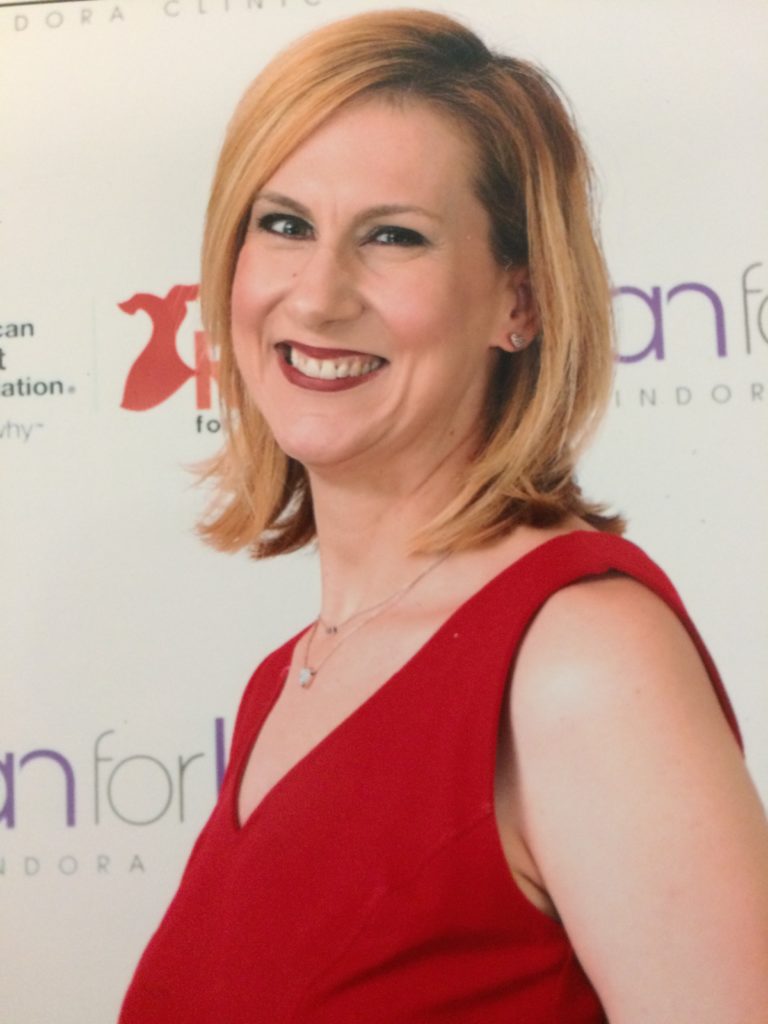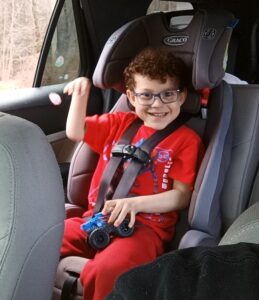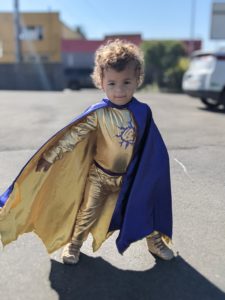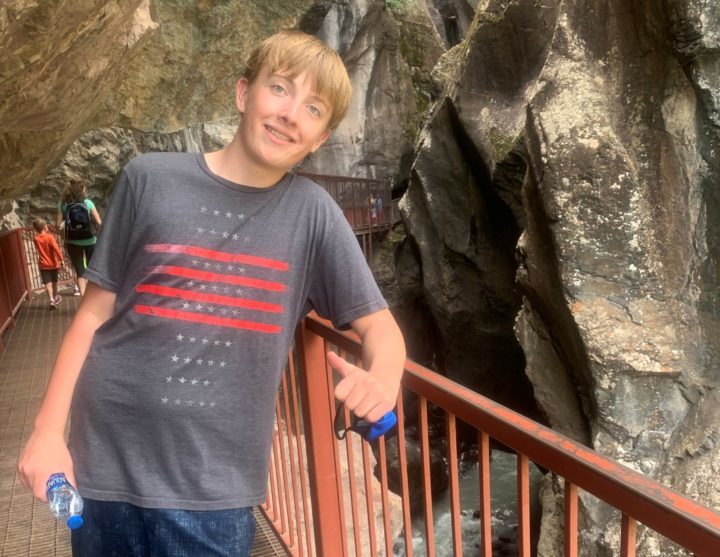Meet Debra — Perinatal Stroke
My name is Debra. I’m a wife, runner, and a high school English teacher. I’ve survived a heart attack at birth, two heart surgeries, and one significant stroke.
It took 41 years and 9 days for an official diagnosis of that stroke.
I was speaking with a colleague at work recently and we were both amazed at how quickly medical technology advances. It’s true. Minimally invasive heart surgery had only been possible for about a year when I had mine in 2006—and now transcatheter heart valve replacements are quickly becoming more common. I mention this because when I was born in 1975, MRIs and other tools commonly used to diagnose neurological deficits weren’t possible. This, I know, is partly why I never knew that I’d actually had a stroke until a few months ago.
I spent 13 days in the NICU after my birth. I wasn’t expected to live four days. The heart attack I’d had when my mom was in labor with me indirectly allowed my pediatric cardiologist and his team to discover my congenital heart defect, myxomatous mitral valve prolapse, a defect that wouldn’t need correcting, he said, until I’d reach retirement age.
It’s not as if I spent most of my life blissfully (un)aware of my heart disease, but the aftershocks of this unknown stroke ran like a wave throughout my formative years. My earliest memories revolve around doctor appointments. One in particular stands out: I was three years old, sitting in a cold exam room with my mom. A doctor came in and spoke to her about my right leg. He wanted me in a leg brace the rest of my life. When I was old enough to understand, my mom filled in the blanks: This doctor wanted to cut my Achilles tendon and fit me for a leg brace. His rationale was that I’d never walk normally anyway, and that the brace would give me some semblance of stability. My mom told him flatly, no. In high school, despite having a weak right side, I ran track. I still run today.
But this weak right side thing—it impacted my life in ways I never fully understood until my diagnosis. I recall the summer I started kindergarten overhearing my mom’s conversation with a friend over the phone. “I just worry about how Deb will be treated…she’s not like the other kids.” This was her reason for sending me to private school, thinking that my classmates would be more accepting of my differences. Nevertheless, I was bullied and teased. I was angry that I wasn’t “normal.” I dreaded, more than my peers did, having to speak in front of my class. A severe speech impediment: slurred speech, lisp and all, earned me more than my fair share of giggles and comments—and even a D on an oral test because my English teacher counted my ability to speak clearly as the largest part of my grade—not the fact that I answered everything correctly.
My dad passed away from cancer shortly after I turned nine. Unlike my mother who desired to shelter me from anything that might amplify my weaknesses, my dad, I remember, strove to help me overcome them. The summer before he died, he taught me how to tie my shoes. Deftly, using my right thumb and forefinger like a claw, I learned how. Even today, every time I tie my shoes I think of my dad and his never-fading belief in me.
As I grew older, spent several years in speech therapy which helped to minimize my speech impediments, and learned to love myself the way I am, I accepted my right hemiparesis as simply just what makes me who I am. I even became a high school English teacher. Funny enough, this girl who grew up hated speaking now speaks for a living. And in between all this—between my heart surgeries—I began volunteering and advocating heart disease research, especially for congenital heart disease.
Fast-forward to 2016, ten years after my first heart valve surgery, the one that happened 30 years ahead of schedule, I finally had that diseased mitral valve replaced. Two months later, I had a TIA. I scared the stuffing out of my cardiologist who then promptly ordered an MRI. Two days later, his office called me in a panic. I was to see a neurologist the next day.
I saw that neurologist. The whole time before the doctor entered the exam room, I nervously sat with my husband. I had no idea what was going on. What had my cardiologist seen on my MRI report that had him so concerned? I’d heard that this neurologist has a three-month-ahead schedule, so I knew this appointment was incredibly urgent. After the doctor spent an hour assessing me from recalling words from memory to analyzing my balance and dexterity (I joked that I’ll never pass a sobriety test), he dropped these words that are now seared into my mind: “You had a stroke when you were born.” Like pieces of a puzzle, everything started to fall into place. My right-sided weakness. My speech.
As soon as my husband and I got home, I went into the spare bedroom by myself and crumpled into tears. They were tears of frustration, relief, happiness, and sadness. I was a mixed bag of emotions. Why had it taken 41 years to receive this diagnosis?
That evening, I began to research pediatric stroke and came upon IAPS. I began learning about all the things that make up my idiosyncrasies. Why I behave the way I do. How the stroke affected every little part of me and makes me the now-middle-aged woman I am. I began wondering why my doctors hadn’t tried to investigate when I was a child, or a teen, or even as a young adult. A friend said why would it matter? It wouldn’t have changed anything about my life other than just knowing.
I’m now secure in this knowing. There is that part of me that still wonders about how differently my life would have gone if I’d known earlier—if my mom would have treated me differently, or if I’d been better able to explain what had exactly happened to me at birth; and people, especially my classmates, would have treated me more kindly. It’s true–it doesn’t matter. However, the last few months have helped me not only to learn more about myself but also to advocate awareness of not only congenital heart disease but also congenital strokes, too.
Help us #MakeMayMatter for kids impacted by stroke! Share this story and #BeAVoice for pediatric stroke.




